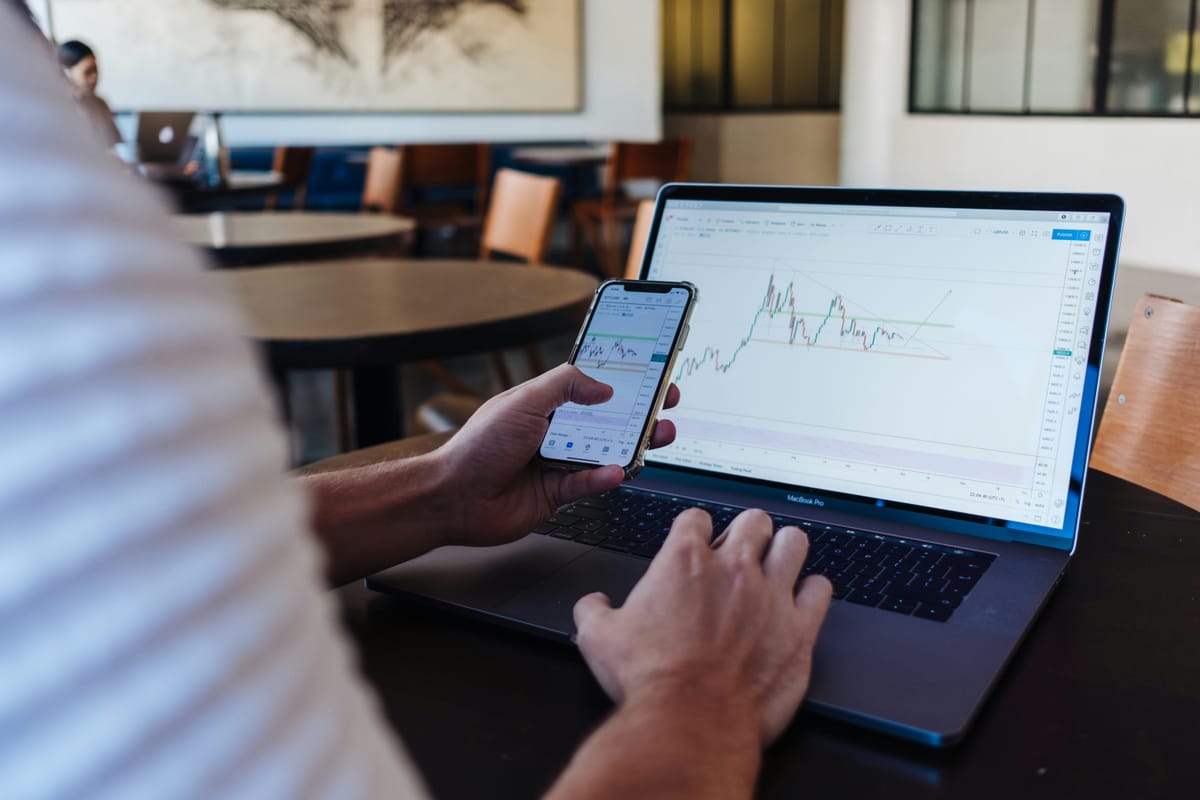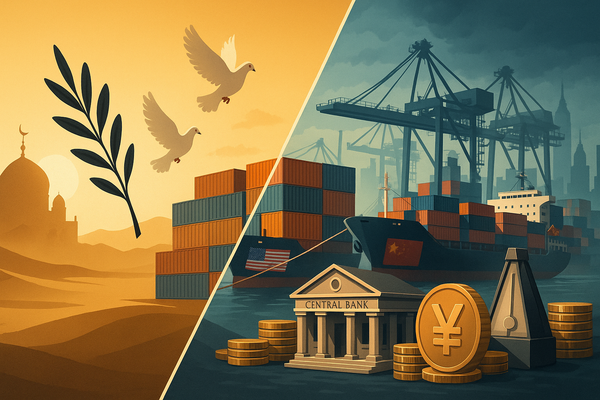Trading CFDs or Futures? Why Futures Are Your Best Friends
CFD trading feels easy, but you’re playing by the broker’s rules. Futures trading runs on transparent, exchange-based markets—real liquidity, fair pricing, and no hidden costs. For serious day traders, futures offer consistency, transparency, and the edge you need to scale profitably.

Here’s the straight talk I give anyone who asks me whether to trade CFDs or futures. If your plan is to get lucky once, the vehicle doesn’t matter. If your plan is to build a process you can repeat for years, the vehicle matters a lot—and futures make that plan easier to execute, measure, and scale. I’m not interested in purity tests or tribal wars. I’m interested in what helps a disciplined trader survive long enough to get good. On that score, futures win, and it’s not close.
Start with the market infrastructure, because infrastructure decides how clean your execution is before you even click. CFDs live in a dealer’s world. You see a quote, you click, you get a fill, and most of the time it feels fine. But when the tape gets hot—cash open, CPI, FOMC, geopolitical headlines—the dealer’s job is to manage their own risk first. Spreads widen, rules flex, you get “next available” instead of “the price you thought you hit,” and the slippage you record is a blend of actual market impact and house policy. Contrast that with listed futures: one public order book, one public tape, and a clearinghouse in the middle. You can love your fill or hate it, but it’s transparent, auditable, and the same for everyone playing the game. When you’re trying to debug your own execution, that transparency is worth more than any marketing perk.
Costs tell a similar story. CFDs wrap their economics into spread and financing. On quiet days you barely notice it; on multi-day holds you absolutely do. Futures unbundle the bill. You pay what you see—exchange and clearing fees plus your broker’s commission—and the carry sits inside the basis rather than a nightly financing drip. Is one always cheaper? No. Is one easier to model so your edge isn’t quietly eroded by “sometimes this, sometimes that”? Yes, and it’s the one with posted fees and a tick value that never lies.
Leverage scares people, and it should, but let’s be precise about what to fear. The danger isn’t the existence of leverage; it’s leverage that moves around under your feet. Exchange margin is rule-based. It tightens when volatility expands and relaxes when it contracts, and you can see those changes coming. CFD leverage often looks generous in the brochure and then shrinks when markets get interesting. If you’re managing risk in R-multiples with a daily cap, you want rails that stay put. Futures give you that discipline whether you’re asking for it or not.
Tooling is where futures stop being a niche and start feeling like home for anyone who treats trading as a craft. You get a DOM that shows real depth instead of a single quote. You get exchange-native order types, OCO brackets, reliable timestamps, volume profiles, and footprint charts. Those aren’t toys; they are microscopes. They help you answer questions like, “Was my stop hunted or did real size blow through this level?” and “Did this breakout have buyers stacking the book or did we gap into air and immediately reject?” If you want to journal honestly and improve the way a pilot improves after each landing, it helps when your cockpit instruments are calibrated to a shared reality.
“But big contracts are too chunky for my account.” That was a valid objection years ago. It isn’t now. Micro futures exist precisely so you can keep risk sane while using professional market infrastructure. Micro E-mini Nasdaq-100 at two dollars per index point, minimum tick worth fifty cents; Micro E-mini S&P 500 at five dollars per point, tick worth a dollar twenty-five; micro gold, micro FX—pick your poison. Micros let you trim and add one unit at a time, keep per-trade loss tiny, and scale only when the stats say you’ve earned it. They remove the last excuse to choose opaque venues for the sake of sizing.
Let’s zoom in on lived reality—the kind that shows up on a month-end statement. Two traders run nearly the same intraday system on a major index. One trades CFDs, one trades futures. Both end flat most days. Over a hundred round trips, the futures trader’s costs look like a straight, boring line: commission plus fees, a tick here or there of honest slippage, nothing mysterious. The CFD trader’s costs wiggle with spread behavior and the occasional “that’s just how it is when it’s fast.” Small differences compound. If your edge is thin—as most real edges are—being able to trust your cost model is the difference between steady growth and death by a thousand micro-cuts.
Now look at swings. In CFDs, you’re paying overnight financing. In futures, you’re living with daily mark-to-market while carry sits in the curve. The P&L path feels different, but the bigger theme is the same: listed markets remove a layer of ambiguity. And ambiguity is not your friend when you’re trying to separate skill from variance.
None of this says CFDs are useless. Sometimes you want exposure to an instrument without a liquid listed future. Sometimes your account is so small that even micro day margin is a stretch. Sometimes the only platform you have access to is a CFD shop. Fine. Treat it as a classroom, not a career. The moment you can graduate to micros and exchange hours, do it. You’ll be trading the same idea, but on rails that are straighter, with gauges that actually mean something.
Here’s the operating routine I recommend if you’re serious. Pick one futures market and marry it for a while. Learn its personality at the cash open, learn how it treats prior day high/low, learn what “normal” looks like on volume and breadth before you try to outsmart “abnormal.” Mark levels on higher time frames and let the market come to you. Define a small set of setups with clear invalidation. Keep risk per trade small enough that four losers in a row are annoying, not catastrophic. Journal like a savage: entry quality, slippage, whether your stop was at structure or at a random round number, whether you chased, whether you scaled according to plan. After fifty to a hundred trades, look at your distribution. If the median win is smaller than the median loss because you’re cutting winners and praying on losers, fix that first. If slippage ruins your thesis, stop trading around news. And if the stats hold, only then step up size—in micros first, then maybe minis, never skipping the middle.
There’s a credibility dividend here that people don’t talk about enough. If you ever want to show your track record to someone other than your dog—prop firms, potential partners, a future version of you who runs a newsletter—exchange-traded results are simply easier to respect. Fills reconcile to a public tape. Costs are not a black box. Statements from an FCM carry institutional weight. You’re not asking anyone to trust a dealer’s discretion; you’re pointing at a market and saying, “This is where I played, and these are the receipts.” That matters even if you never raise a dime, because it forces you to judge yourself by the same standard the market uses: did your idea make money net of real costs, under real rules, when other humans were trying their best to take the other side?
If you handed me a small account and said, “I want to give myself a real chance,” I’d load one or two micro futures, a platform with a clean DOM, and a checklist I can run half-asleep. I’d avoid the carnival of thirty symbols and infinite timeframes. I’d keep the goal insultingly simple: follow the plan, control the risk, write down what happened, fix one thing per week. And I’d choose futures because fewer hidden variables means fewer excuses. If I’m wrong, the tape tells me so. If I’m right, the fill confirms it. Either way, the feedback loop is tight and honest, which is the only way a trader gets better.
So here’s the promise futures keep that CFDs can’t quite match. They don’t win trades for you. They don’t protect you from dumb decisions. They don’t make volatility kinder or trends clearer. What they do is embed fairness into the market infrastructure: a central order book, a clearinghouse, published fees, standardized margins. That infrastructure ensures the outcome of your decisions reflects the market, not a dealer’s moment-to-moment discretion. When your process depends on accurate measurement—and every serious process does—that difference becomes the best friend a disciplined trader can have.
Educational content only. This is not financial advice. Leveraged trading involves substantial risk, including the risk of loss.
